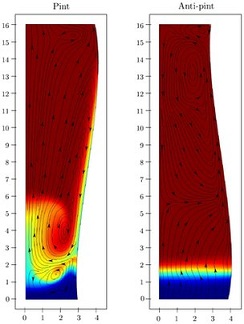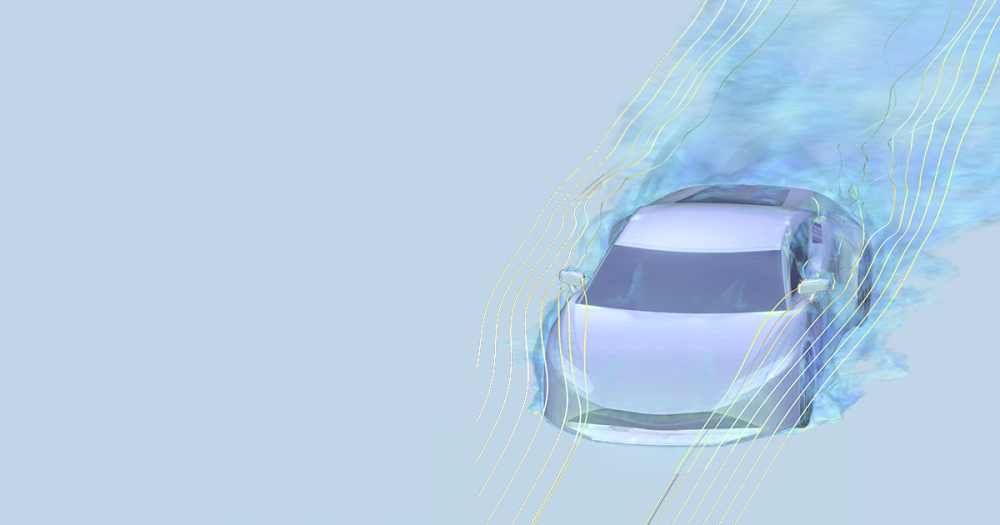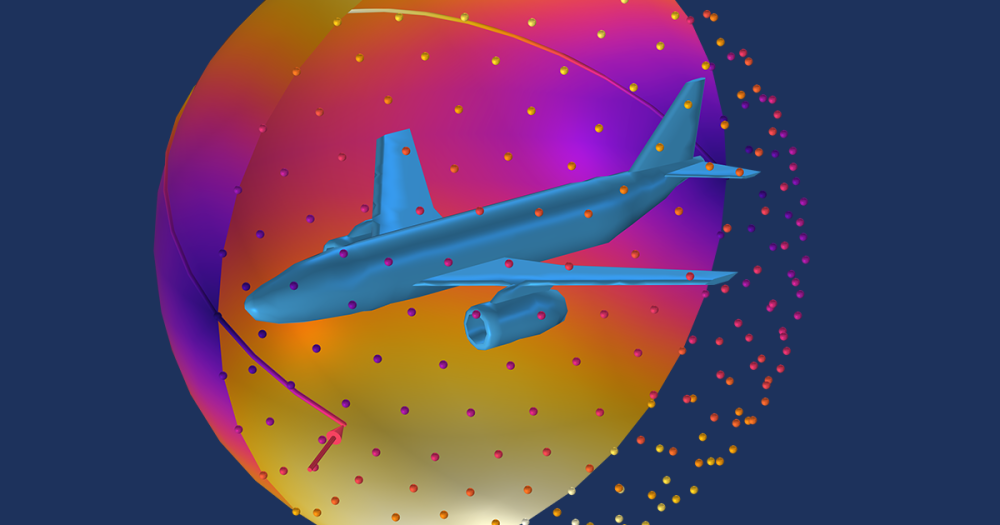
Before you drink your next pint of Guinness, have a close look at the bubbles in the brew, and see if they sink. Apparently they do. Now a group of scientists from the University of Limerick in Ireland (where else?) has modeled the phenomenon of sinking bubbles in Guinness beer to lend weight to this finding and provide a theoretical explanation.

The fluid flow vector and (streamlines) and
fluid fraction in a typical and an atypical pint
glass. The traditional shape is responsible for
the downward flow of gas bubbles.
Image courtesy: E. S. Benilov, C. P. Cummins,
W. T. Lee, University of Limerick, Ireland.
As reported by the BBC News site, the modeling indicates that the shape of the glass is an important factor. As the bubbles, which contain nitrogen and therefore very small, rise through the length of the glass their distance from the wall increases.
This creates a denser region of liquid beer close to the wall, which sinks, and the movement of this sinking liquid drags the small beer bubbles with it. It’s a great piece of work and you can see an animation of their model of sinking bubbles, while reading their research here. Take it with you for a read the next time you go for a pint.






Comments (0)